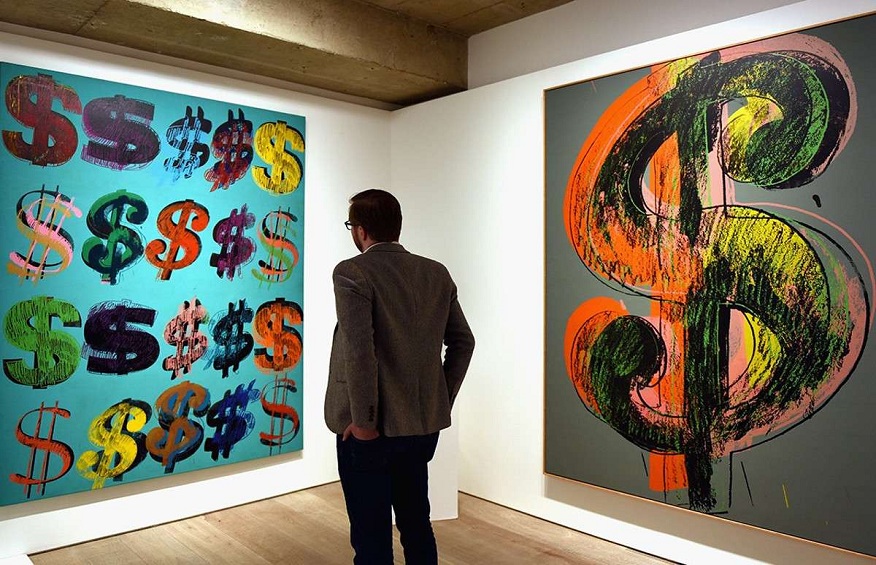But as always with this type of investing, you need to be careful about what you buy and who you buy it from.
Invest in art
Works of art are attractive to an investor because they tend to revalue over time, as they focus on increasing demand against supply which is inherently scarce. It must be said, however, that the pace of revaluation is not constant but experiences abrupt breaks and long pauses. In practice, the quotations of unknown artists can explode in a few months but remain stationary for several years. They are therefore interesting investments only in the medium or long term, or if you want to profit from the work of art that you have purchased whatever its return if you are going to sell it at auction. Also, with few exceptions, works of art are barely liquidable when needed, so the risk of this investment is high.
Fakes and counterfeits
Those who invest in art must act with caution because the pitfalls of this market are numerous. The border between true and false is extremely blurred and the false is unfortunately always present. The problem is that it is a fundamentally non-transparent market where information and art object expertise are in the hands of a small circle of insiders. Therefore, those who want to speculate on these assets without having the necessary knowledge are already starting off on the wrong foot. It is therefore advisable to always buy with the help of an expert in the work of art , perhaps in the context of an auction .in an approved home, focusing on art that appeals to you and has some value, that can enhance and personalize your home, and that could appreciate up to 200% after a few years.
The art market
In the art market, there are many segments that have a different weight in the total turnover of the sector. Painting takes the lion’s share, with a market share of around 75%, followed by sculpture and watercolor – both with a share of just over 10% – then by prints (3% ) and photographs (2%). In terms of collecting, modern art is giving way to contemporary art, the prices of which are certainly more accessible for younger generations of collectors. And still on the subject of costs, unlike the stock market and other forms of investment in safe havens, the art market is distinguished by the fact that the revaluation of works of art is not subject to the tax, and to tell the truth the art does not even weigh on the heirs,
Auctions
The best place to buy works of art are at auctions specializing in this field, which take place at auction houses and are always very popular with investors. The most sought-after artists are the main representatives of contemporary American and Italian art, but also modern artists. euros paid for a Picasso, a Rubens or other paintings by famous authors. On the internet, there are specialized portals that have archives of works of art at auction all over the world. So if you are interested in this type of investment, you just have to take care of getting advice from experts.
Collectibles
As the tax authorities have a benevolent attitude towards those who invest in art and collectibles, it may be worth taking advantage of this and starting a collection of limited-production fine china, or religious art, or more. However, it should be kept in mind, at the time of divestment, that the rise in art prices has been accompanied in recent years by greater selectivity on the part of collectors, so that only the best works find taker. However, there are other types of offers to be made. For example, if a collector does not have a single coin to complete a given collection, the coin which can allow him to complete it can be purchased by the collector at a price much higher than its value, because with such a purchase , the collector will be able to buy the work at a much higher price than the work itself.

